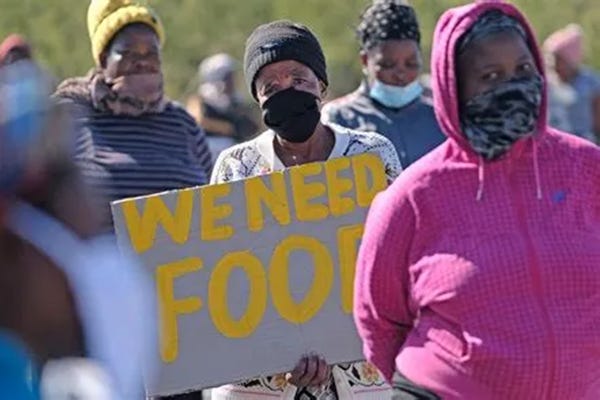The Great SNAP Experiment: Danegeld or Delusion?
Testing the Danegeld - History Proves It Won't Satisfy Them
Testing the Danegeld - History Proves It Won’t Satisfy Them
In the annals of welfare state apologetics, few programs have been more assiduously defended than the Supplemental Nutrition Assistance Program. The bureaucracy calls it SNAP, but those who remember when the program was administered with actual paper know it as food stamps. With 42 million Americans enrolled, SNAP has become a nuclear waste issue: touch it and die politically. Yet here we are, courtesy of the current government shutdown, watching the program’s benefits expire for millions without the usual congressional panic to restore them. Call it an unintended natural experiment. For the first time since the program’s modern form in 1964, we are about to discover whether the underclass can be pacified indefinitely with prepaid debit cards or whether the entire enterprise has been a sophisticated form of Danegeld, tribute paid to prevent the barbarians from storming the gates.
The analogy is thrown around on social media. The original Danegeld was silver extorted by Viking raiders from Anglo-Saxon kings too timid or too weakened to fight. Pay the Danes, went the logic, and they will sail away. They never did. The tribute merely…



Excellent read!
I will save you the time: it won't satisfy them. That is why advocates of "reparations" avoid any specific figure like $100,000 per slave descendent or throw out crazy numbers like 27 million each, because they know reparations won't satisfy them.